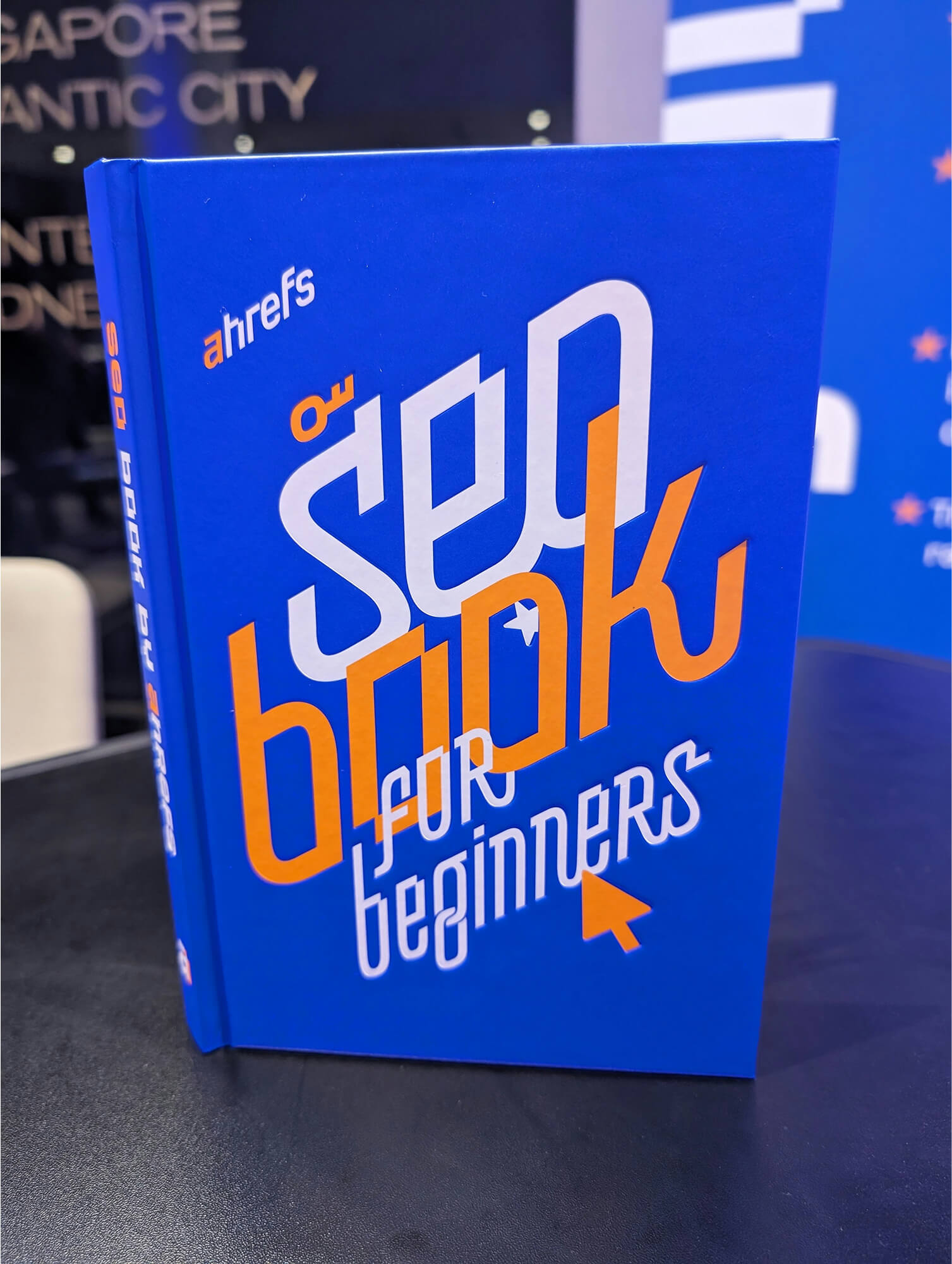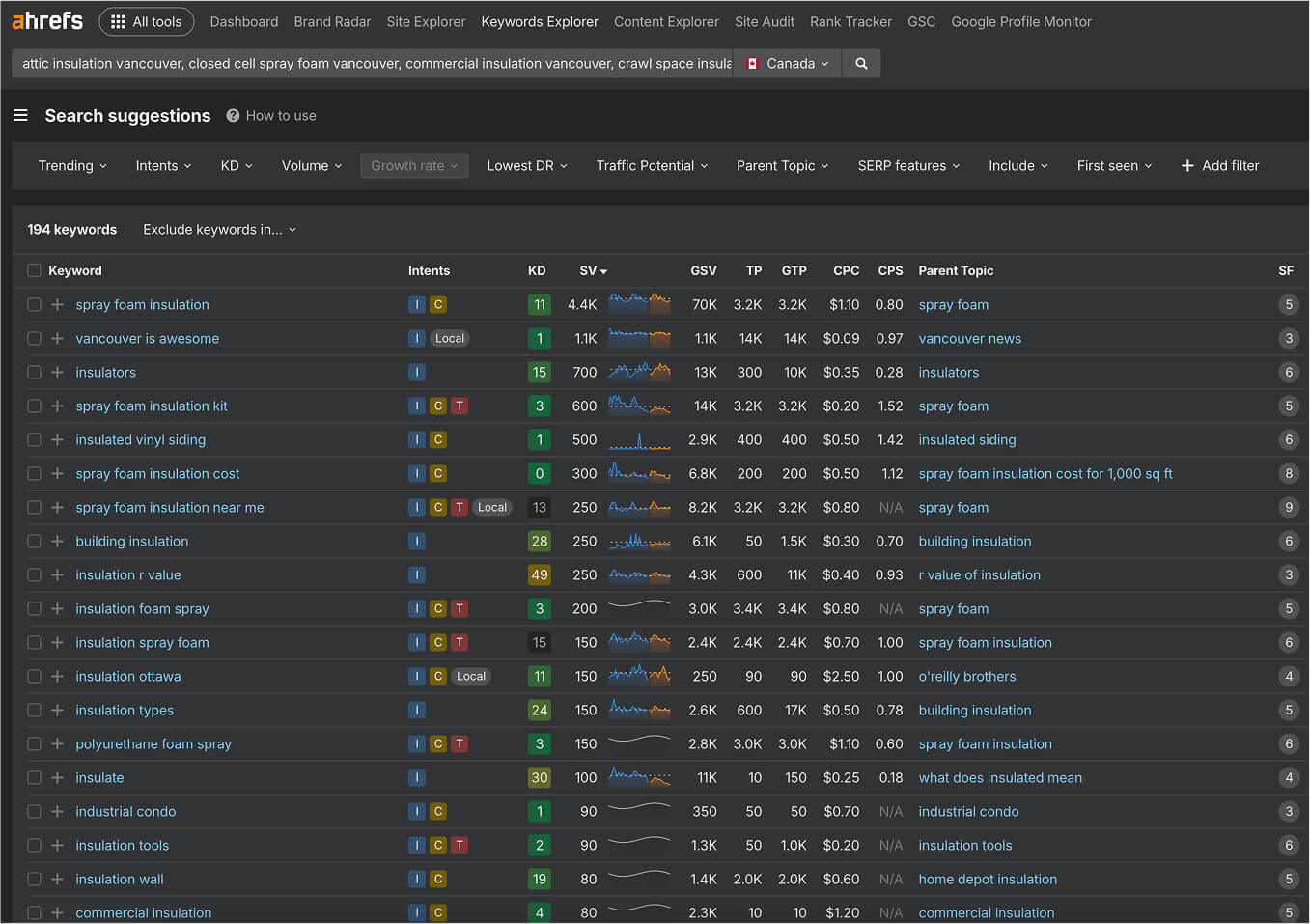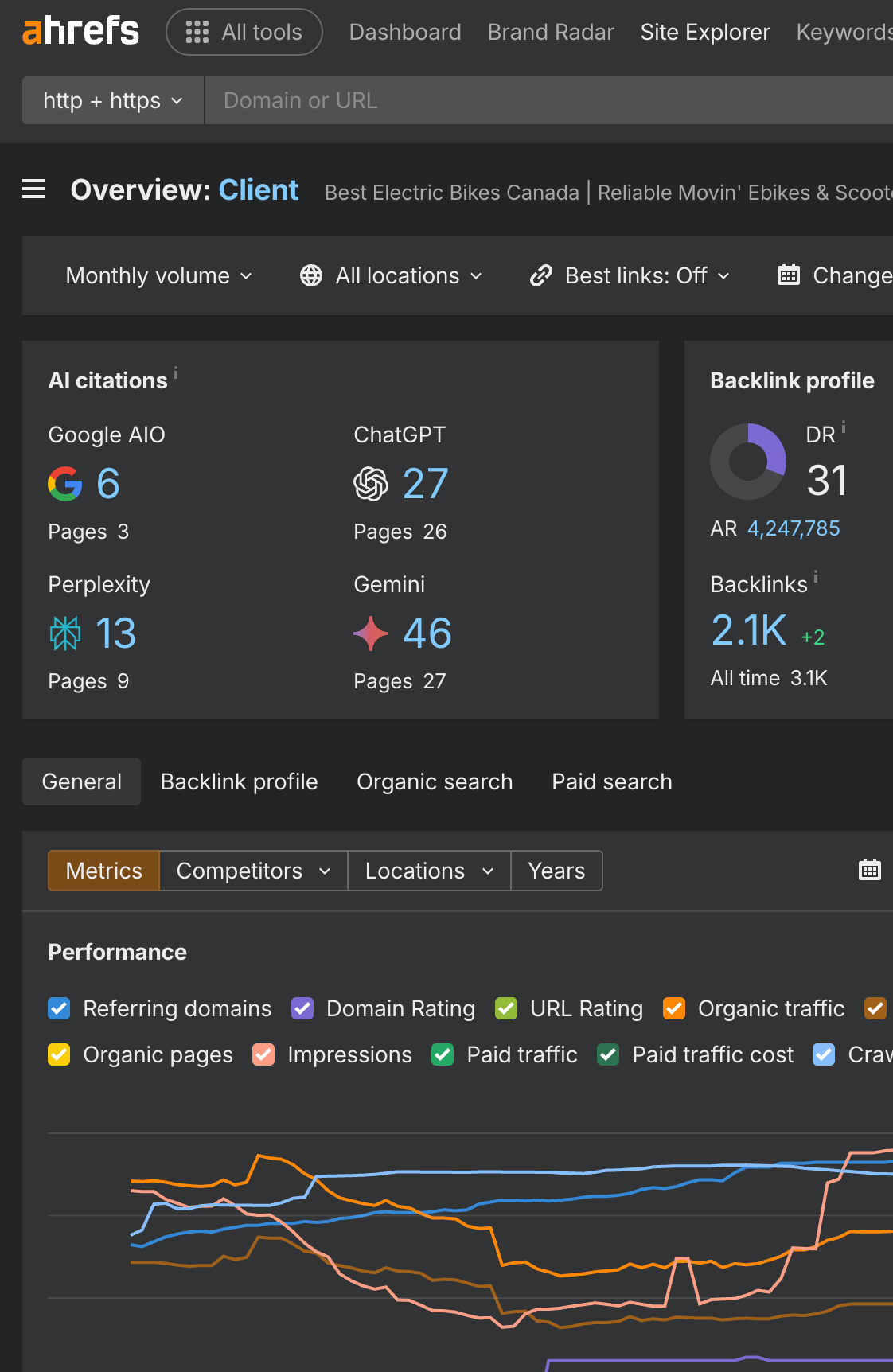Mastering Advanced SEO with Ahrefs: How We Drive Real Results at Setsail Marketing in 2025
When I first started diving deep into digital marketing, I was obsessed with the idea of ranking for the “right” keywords. I devoured every blog post about SEO services, signed up for endless webinars, and spent sleepless nights manually checking SERPs. Fast forward to today at Setsail Marketing, a full-service, performance-driven digital marketing agency in Vancouver, and I can tell you one thing with absolute certainty: real SEO mastery is about so much more than finding high-volume terms and stuffing them into landing pages.

Why Ahrefs Remains a Cornerstone of High-Performance SEO
Let me show you exactly how we approach advanced SEO at Setsail Marketing, weaving our own journey, client stories, and some of the hottest keyword clusters for agencies, e-commerce, and service brands right now. If you’re looking for a fluff piece, stop reading. If you want to understand how top digital marketing agencies actually dominate search in 2025, keep going.
When I sit down with a new client—whether they’re searching for a “digital marketing agency Vancouver,” “performance marketing expert,” or “Shopify e-commerce website development company”—the first thing I tell them is this: SEO success today means building systems, not just chasing rankings.
The Myth of High-Volume Obsession
Let’s talk about what you think you know about keyword research—and then I’ll show you how we’re doing it at Setsail right now.
The Setsail Marketing Approach: Decision-Intent Over Volume

Example: Clustering Around “Digital Marketing Agency” in Vancouver
Let’s make this real. I’m looking at Ahrefs right now:
Parent Topic: Digital Marketing Agency
Volume: 29K US (5.9K in Canada)
Keyword Difficulty: 76 (tough, but not impossible)
Related Clusters: “digital marketing agency Vancouver,” “performance marketing company,” “social media agency Vancouver,” “SEO company for e-commerce,” “PPC management services Canada,” “video production agency Vancouver”
Instead of targeting each of these as separate pages, we build content hubs. One pillar page addresses the parent topic, while strategically interlinked supporting pages cover subtopics. Each is laser-focused on the intent of buyers in our region and niche.

The Real Power of Clustering: Building Topical Authority (and Rankings That Stick)
Here’s how we structure our keyword strategy at Setsail Marketing:
1. Anchor Content With Parent Topics
Every major “parent” topic gets a pillar page. For example:
- “Digital Marketing Agency Vancouver” becomes the central pillar for all of our core B2B lead-gen content.
- “Performance Marketing Services Canada” anchors everything we do around ROI-driven advertising, PPC, and analytics.
- “E-commerce Website Development Company” is the gateway for all things Shopify, WooCommerce, and custom platforms.
2. Satellite Pages for Semantic Depth
Supporting pages drill into each vertical:
- “PPC management services for law firms”
- “Shopify e-commerce website design Vancouver”
- “Video production agency for SaaS companies”
- "Affordable SEO services for startups”
These don’t just chase extra rankings—they reinforce the authority of our pillars and keep users moving deeper into our funnel.
3. Strategic Internal Linking
Every page, blog post, and case study links contextually to its parent and sibling pages. For instance, a blog post on “7 Performance Marketing Trends in 2025” will link up to our performance marketing services page, and across to relevant case studies and PPC landing pages.
Ahrefs’ internal backlink analysis shows us exactly where these connections are missing, so we fix them proactively.
4. Content Hubs and Topical Maps
For larger clients—like an “e-commerce website development company” or “Vancouver video production agency”—we design custom content hubs. These aren’t just for SEO. They become actual resources, attracting links, shares, and returning visitors.
Technical SEO: Unsexy, but Absolutely Critical
In 2025, neglecting technical basics is like pouring gas into a leaking tank.Here’s how we do it at Setsail Marketing, using Ahrefs as the core engine:
Crawlability & Indexation
Redirects: 301 chains and loops sap authority. Every unnecessary hop gets fixed—no exceptions.
Sitemaps & robots.txt: These are constantly updated and validated to ensure clean crawling, especially for large e-commerce or service websites.


Core Web Vitals & Page Speed
Mobile-first: With over 70% of B2B and DTC leads hitting us from mobile, mobile usability isn’t an option—it’s a mandate.
Schema & Structured Data
SERP feature targeting: By marking up content, we win more featured snippets, local packs, and site links—driving higher CTRs even in competitive spaces.


Internationalization & Local Targeting
”Hyper-local SEO: “Vancouver SEO specialist,” “affordable web development in BC,” “small business marketing agency Surrey”—we dominate these by tying technical SEO to regional content and citations.
Content Strategy: Editorial Planning, Optimization, and Measurement
Content Mapping
- Map every topic to the funnel: Awareness (guides, trends), consideration (case studies, feature pages), decision (service/industry landing pages, “why us” content).
- Prioritize by traffic potential and business value: We don’t write for “content’s sake.” Each piece is mapped to revenue-driving keywords: “performance marketing agency,” “PPC management company,” “Shopify expert agency,” “video production for tech startups,” “affordable SEO services Vancouver.”
- Editorial calendar dictated by search opportunity: Ahrefs’ Traffic Potential and cluster overlap tell us what to build, in what order.
Internal Linking for Authority
- Hub and spoke: Every new article, guide, or landing page links up to pillar pages and across to relevant service pages, supporting clusters and distributing equity.
- Monitor and improve: Ahrefs’ internal link module highlights underlinked pages. We fix this regularly, often with 2–3 new links per asset per quarter.
Content Refresh and Historical Optimization
- Prune and consolidate: Pages with no traffic (or redundant content) are redirected, consolidated, or rewritten. Ahrefs Top Pages/Content Explorer make this process systematic.
- Update for quick wins: Any page ranking #5–#20 for a valuable cluster gets flagged for optimization. We add new sections, update stats, refresh schema, and improve calls-to-action.
Measurement & Reporting
- Monthly tracking: We export keyword movement, visibility, and new link acquisition every month.
- Map to ROI: Rankings are tied back to analytics and CRM data—if it doesn’t drive real pipeline, we pivot.
Automation, AI, and Scaling What Works
AI-Driven Keyword Clustering
Programmatic content hubs: When Ahrefs surfaces a new cluster—say, “PPC agency for e-commerce,” “video production company Vancouver reviews,” “Shopify web development expert Canada”—we launch interlinked pages in weeks, not months.
PPC + SEO Integration
Reduce wasted spend: By owning high-CPC keywords organically, we cut paid costs and reinvest in further growth.
SERP Change Detection and Real-Time Pivots
Iterate, don’t stagnate: Every campaign, every landing page, every technical fix is a hypothesis. We test, learn, and optimize relentlessly.
Overlooked Levers: Topical Authority, Internal Links, and Local Domination
Want to know where most agencies miss out? They treat “content” as just articles, and ignore the power of internal link strategy and topical authority.
Content Hubs as Competitive Moats
- Anchor on decision-intent parent topics (“digital marketing agency Vancouver,” “performance marketing services Canada”)
- Surround with satellite content: “Shopify web development company review,” “affordable SEO packages Vancouver,” “social media management for lawyers,” “video production agency for SaaS.”
Internal Links as Growth Drivers
- Systematically interlink every relevant page: New and old, case study and blog, pillar and satellite.
- Track, test, improve: Use Ahrefs internal link audit monthly; it’s rarely perfect on the first pass.
Local and Regional SEO
- Geo-focused clusters: “Vancouver SEO specialist,” “small business marketing agency Burnaby,” “web development company North Vancouver.”
- Local schema and citations: Every business location is marked up for maximum local pack and map visibility.

International & Multilingual SEO: Canada, U.S., and Beyond
- Ahrefs country targeting: We run keyword and SERP analyses for Canada, U.S., and any relevant international market.
- Localized content: For “digital marketing agency Toronto” or “Shopify developer UK,” we create unique, localized pages with region-specific schema and testimonials.
- Correct hreflang and TLDs: Ahrefs highlights misconfigurations before they hurt visibility.
The Bottom Line: SEO Mastery = Systems, Data, and Relentless Execution
Modern SEO isn’t a set-and-forget checklist. It’s a living, evolving system that rewards those who combine the right tools, the right data, and the willingness to outwork and outthink their competition.At Setsail Marketing, this is our process for every SEO, PPC, content, and digital strategy engagement.
The digital marketing landscape in 2025 is brutal. The brands that win aren’t just “doing SEO”—they’re mastering it. They use tools like Ahrefs, yes, but they also combine that intelligence with real commercial strategy, technical excellence, and a hunger to outlearn and outperform the market.

